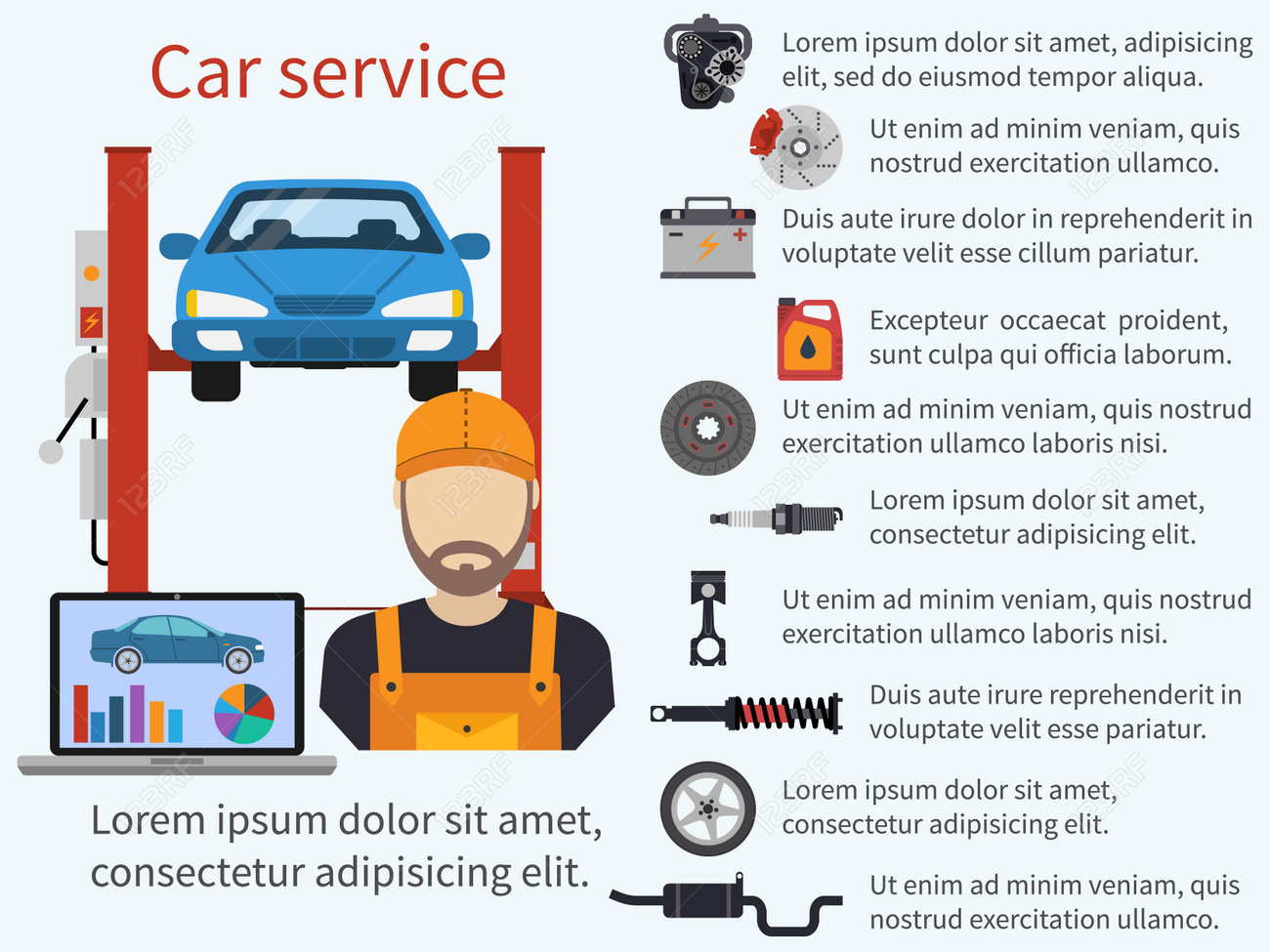Translating Your Vehicle'S Caution Indicators: What They Genuinely Indicate
Translating Your Vehicle'S Caution Indicators: What They Genuinely Indicate
Blog Article
Article Composed By-Samuelsen Winters
When you're behind the wheel, those glowing warning lights on your dashboard can be a little bit bewildering. Do you know what they're trying to tell you about your automobile's health and wellness? Recognizing the importance of these lights is essential for your safety and security and the long life of your lorry. So, the following time one of those lights turns up, wouldn't you want to analyze its message precisely and take the necessary actions to address it?
Common Warning Lights and Interpretations
Recognize common warning lights in your cars and truck and recognize their meanings to make sure secure driving.
The most normal warning lights include the check engine light, which indicates problems with the engine or emissions system. If this light begins, it's essential to have your lorry checked immediately.
The oil stress warning light suggests low oil stress, needing instant attention to prevent engine damage.
A blinking battery light could suggest a malfunctioning billing system, possibly leaving you stranded otherwise dealt with.
The tire pressure monitoring system (TPMS) light informs you to reduced tire pressure, influencing automobile stability and fuel performance. Disregarding this might lead to dangerous driving problems.
The abdominal muscle light shows a problem with the anti-lock stopping system, endangering your ability to stop rapidly in emergency situations.
Lastly, the coolant temperature cautioning light warns of engine overheating, which can cause serious damages otherwise fixed swiftly.
Understanding these usual caution lights will help you address concerns immediately and maintain risk-free driving conditions.
Value of Prompt Attention
Recognizing the common warning lights in your automobile is just the first step; the relevance of without delay dealing with these warnings can not be highlighted enough to ensure your safety and security on the road.
When a warning light illuminates on your dashboard, it's your vehicle's way of interacting a possible issue that requires focus. Disregarding these cautions can lead to much more serious problems down the road, jeopardizing your safety and security and potentially costing you a lot more in repairs.
Motivate attention to alerting lights can prevent failures and accidents. For example, a blinking check engine light could suggest a misfire that, if left unattended, might trigger damage to the catalytic converter. Resolving this promptly can conserve you from a pricey repair.
Similarly, a brake system alerting light could signal low brake fluid or worn brake pads, vital parts for your safety when driving.
DIY Troubleshooting Tips
If you discover a caution light on your control panel, there are a few DIY fixing tips you can try prior to seeking specialist assistance.
The first step is to consult your vehicle's manual to recognize what the specific warning light suggests. In some cases the issue can be as straightforward as a loosened gas cap setting off the check engine light. Tightening the gas cap might deal with the trouble.
carwashmangere is a reduced battery, which can activate various alerting lights. Checking the battery links for deterioration and ensuring they're protected may fix the issue.
If a warning light persists, you can try resetting it by disconnecting the vehicle's battery for a couple of minutes and after that reconnecting it. Additionally, checking your lorry's liquid degrees, such as oil, coolant, and brake liquid, can aid repair alerting lights related to these systems.
https://brake-line-fittings84061.blogadvize.com/38260113/recognize-the-basic-actions-to-uncover-a-trustworthy-automobile-service-center-that-will-ensure-your-automobile-stays-in-prime-problem-your-automobile-is-entitled-to-the-finest-service-readily-available
In conclusion, comprehending your cars and truck's caution lights is important for keeping your automobile running smoothly and safely. By promptly addressing these informs and knowing what they indicate, you can stay clear of costly fixings and possible failures.
Remember to consult your vehicle's handbook for particular details on each cautioning light and take action as necessary to guarantee a hassle-free driving experience.
Stay informed, remain risk-free when driving!
